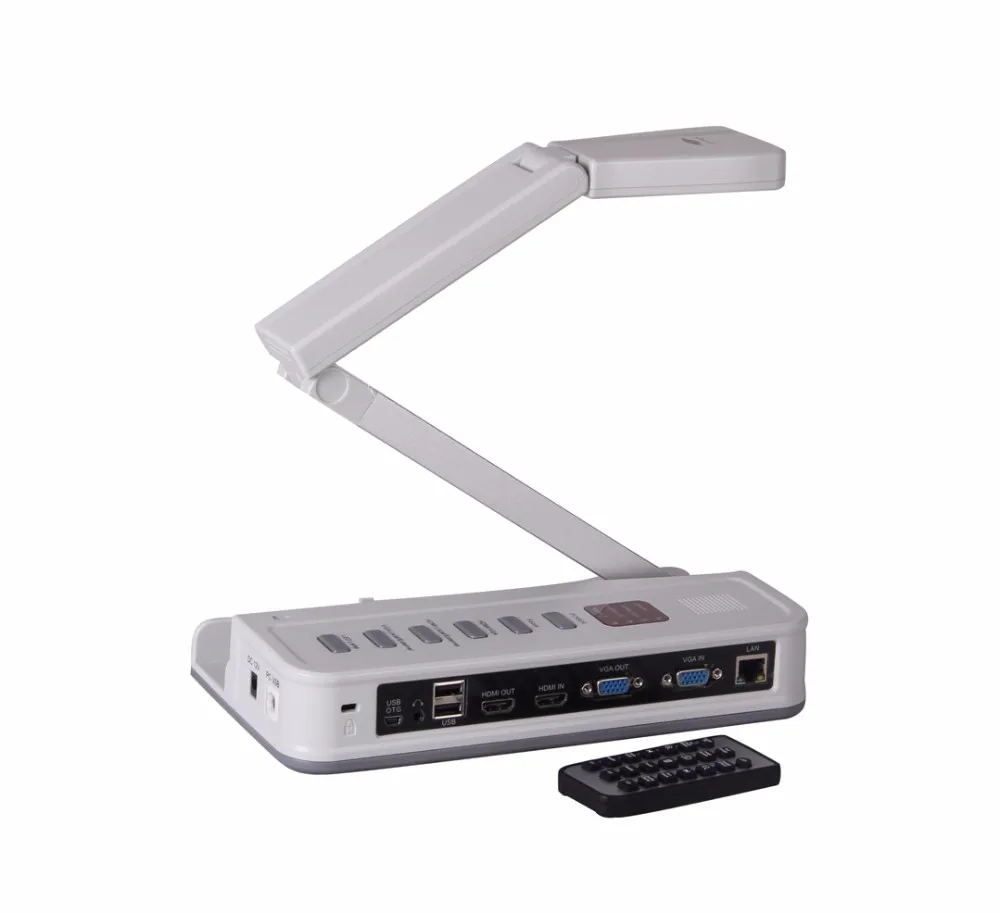
Finally, it’s the last post for our blog!!! It’s been an exhausting semester dealing with so many modules. It really started off pretty boring for me as I was already aware and in the know of everything being taught in class during the first half of the semester. Like really, everything. I can’t remember if there actually is even something that I did not know about; not to be haughty or anything but I really was a computer nerd when I was younger haha.

I think one of the coolest chapters of the course was Internet of Things as we learnt how the future of the physical and digital world might turn out; by integrating technology into everyday objects and routines to make our life simpler.

Initially I was really wondering why I even had to take the module. Mainly because, my generation was the last to have been born into the world without technology, and also considered the first to have been exposed to it. We took to technology like how moths are drawn to a flame, and yet a module called Introduction to the Internet was a compulsory module for us. Seemed really weird. But I guess learning about the potential future we have was interesting as people from different eras always envision the future to be vastly different, but it never is. Just 1.5 decades ago, everyone was predicting that by 2020 or so we would have flying cars and whatnot, but the only thing we have close to a flying car is a driverless car.

What I’m not looking forward to as of right now is just our finals due to the fact that it is cumulative. Although I did mention that I know mainly everything that was tested in the first exam, it’s still pretty daunting to have an exam that tests EVERYTHING covered in a semester. Definitely not used to such a thing as the last time we had such a thing was probably in.. Polytechnic or JC, which for me is roughly 6 years ago or something. THAT’S MORE THAN HALF A DECADE. Army really has messed with my brain 😦

Also, I really appreciate the effort that Mr Choy has taken into making the module as enjoyable as possible by telling us all his lame jokes like “who invented the web? – spiderman” OH MAN.

But yes, haha, thank you so much Mr Choy for making the lesson as light-hearted as you could, especially when a lot of students don’t show up to class. BUT DO NOTE; the main reason why majority of the class skips together is because we have a big deadline coming up or there is an exam the next day.

Oh yes another cool thing we learnt in class was VR/AR. Because my group did the presentation on VR, I learnt many things about VR that I did not know before like how there is a scientific reason as to why things we place on our heads must follow a weight requirement.

OH YES AND ANOTHER THING. SNAPCHAT GLASSES. PROBABLY ONE OF THE COOLEST THINGS I DISCOVERED HAHA.

Of course, honourable mention goes to… The vaginal alarm clock. Unfortunately, there is no GIF of it but I’m sure it was a memorable presentation for everyone present. So this gif will have to do.

Well anyway, it’s been a great time in your class and I hope to see you around the school Mr Choy! Although I do think you need to find more lame jokes :’) Seniors have told us some of the jokes you told them, seems like you’e been repeating them hehe. I’ll give you one!
19 and 20 had a fight.
21.
I hope you get it HAHA. See you around!!!

Yes, I am a huge fan of High School Musical. NO GENDER STEREOTYPES.



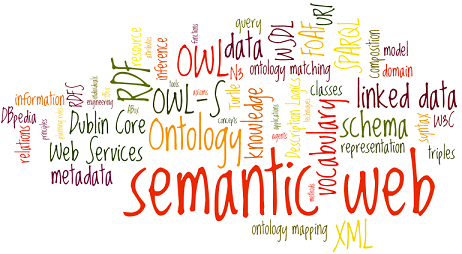










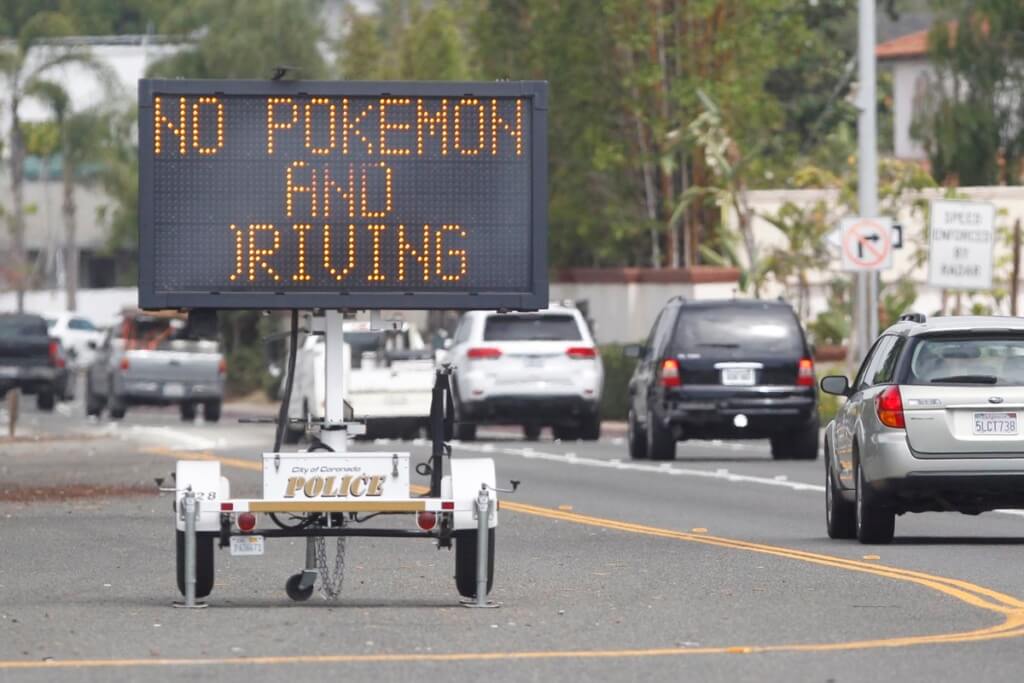





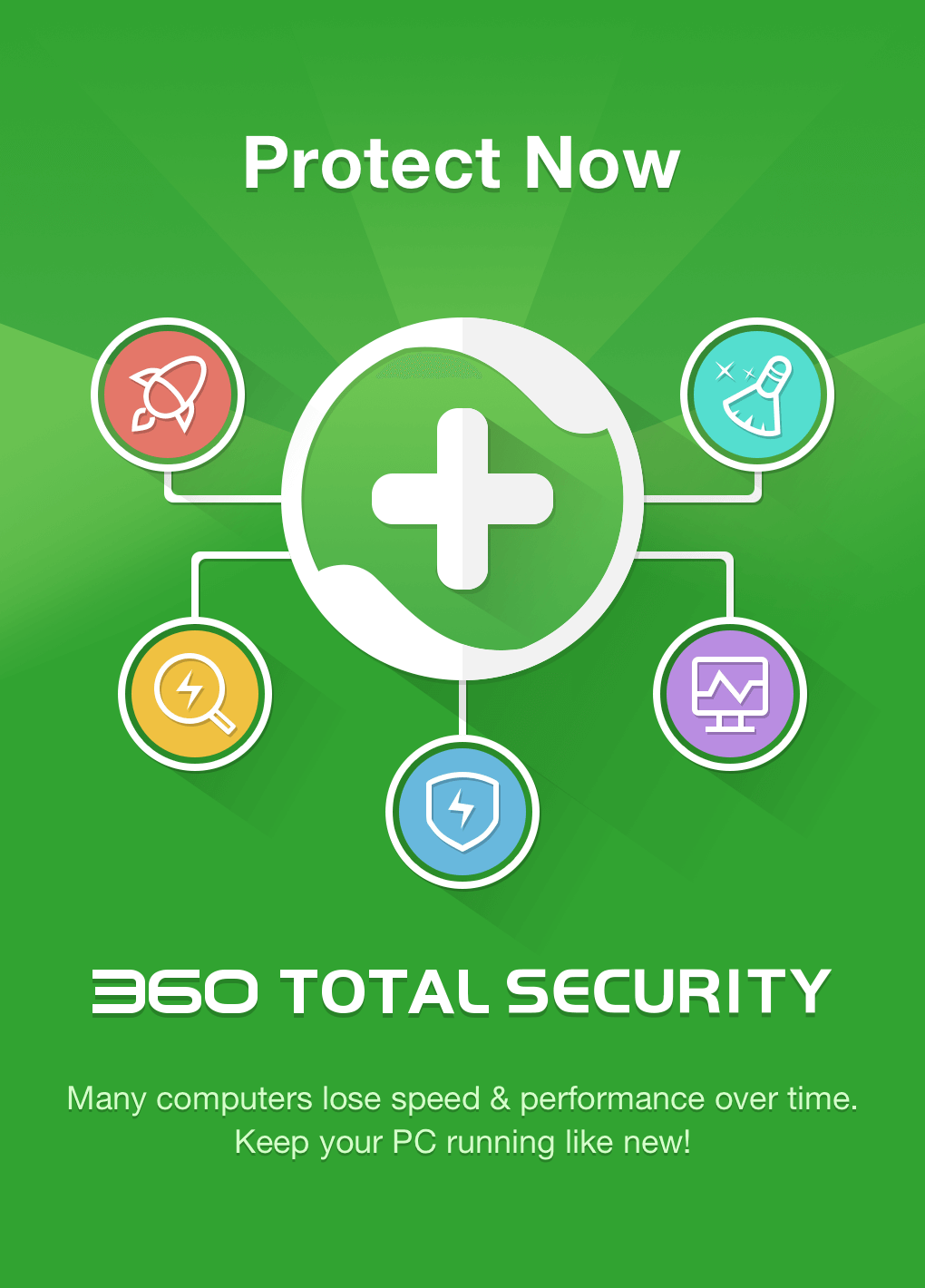





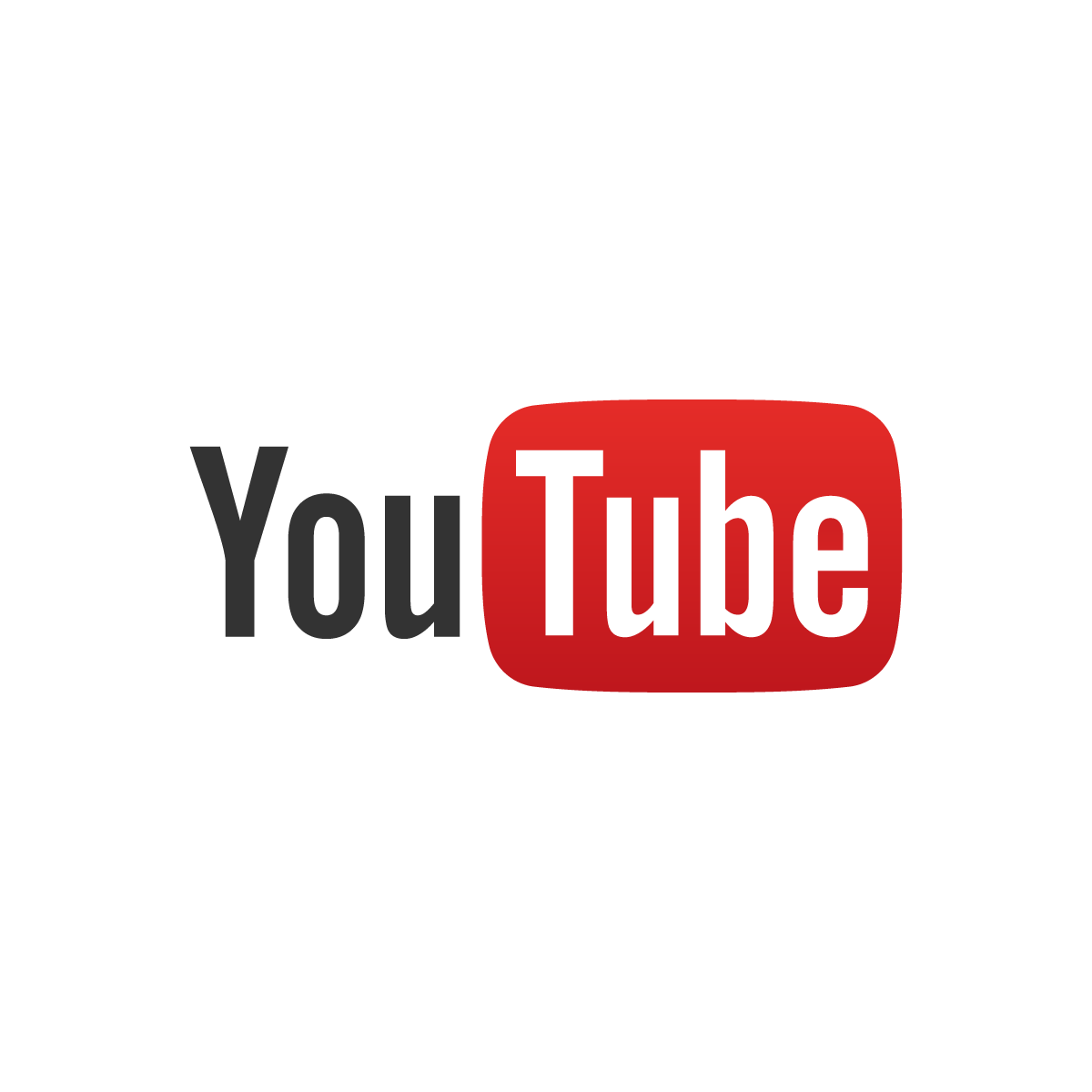

![Image result for technology in education]](https://i0.wp.com/www.fedena.com/blog/wp-content/uploads/2015/11/%E2%80%98Rewarding-the-Top-Fedena-User%E2%80%99-1.jpg)

